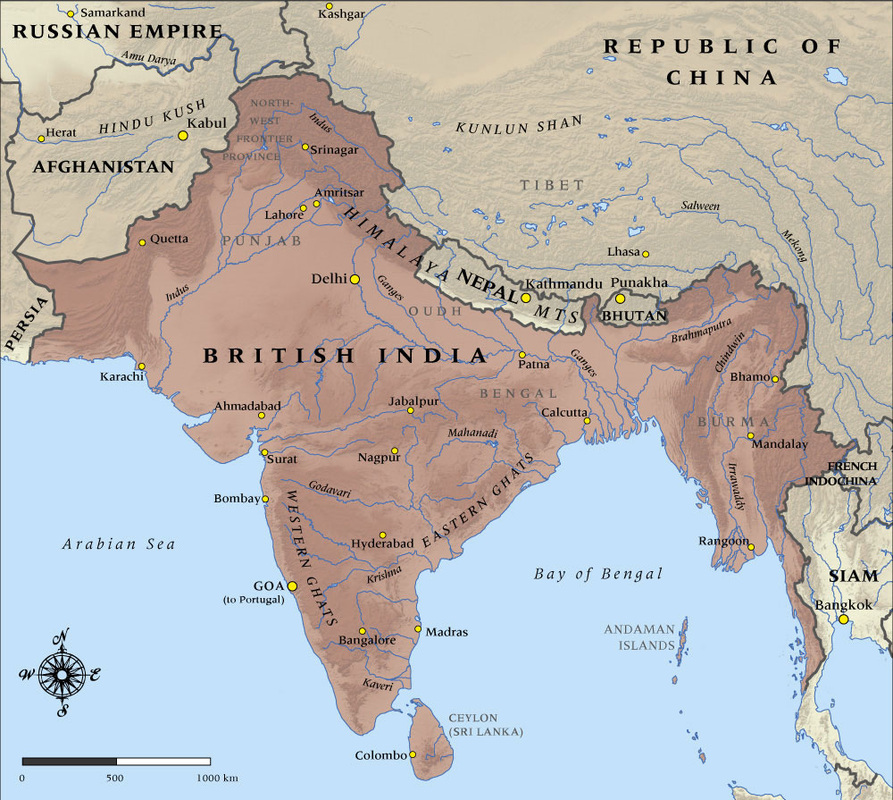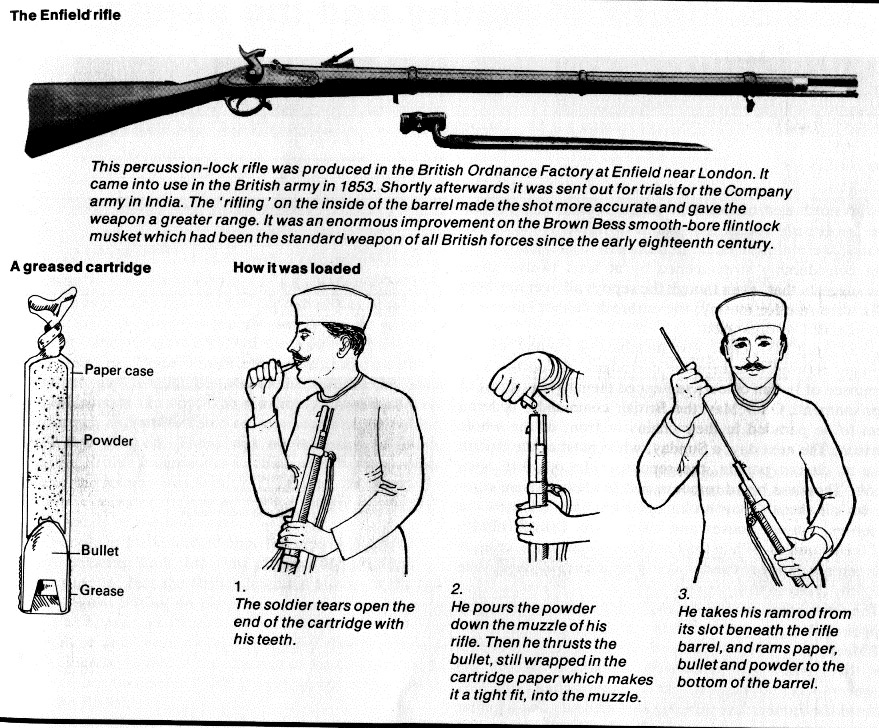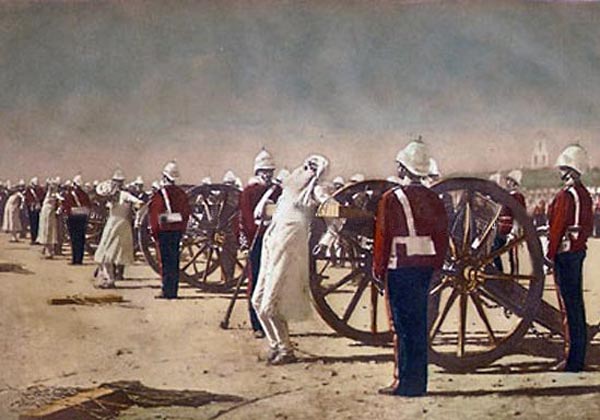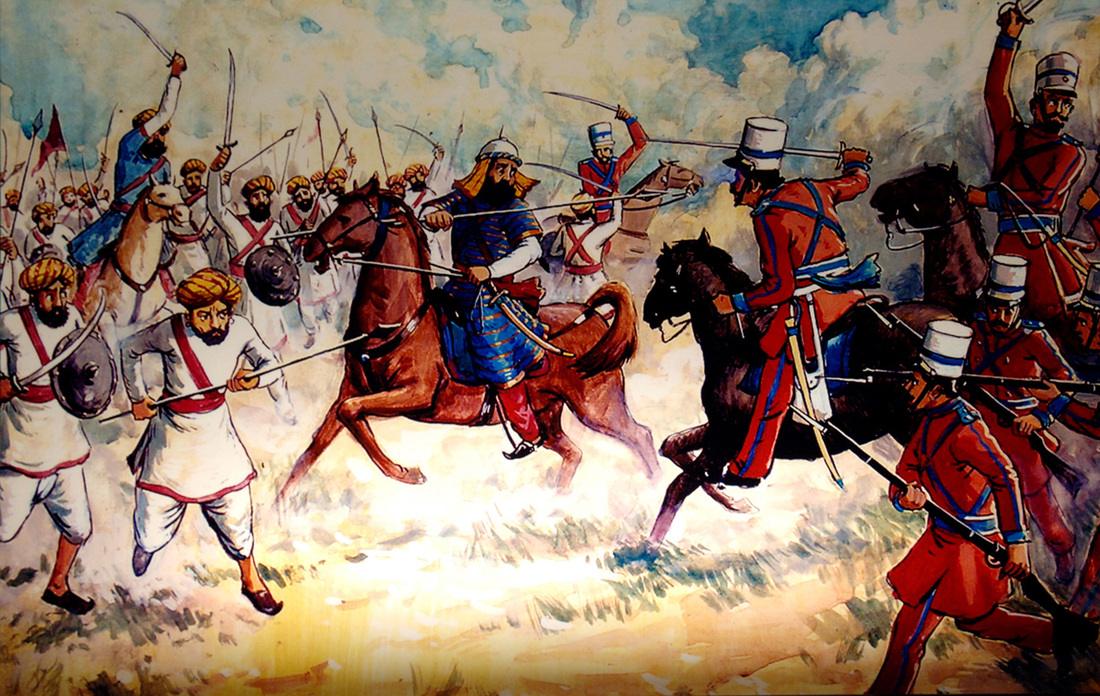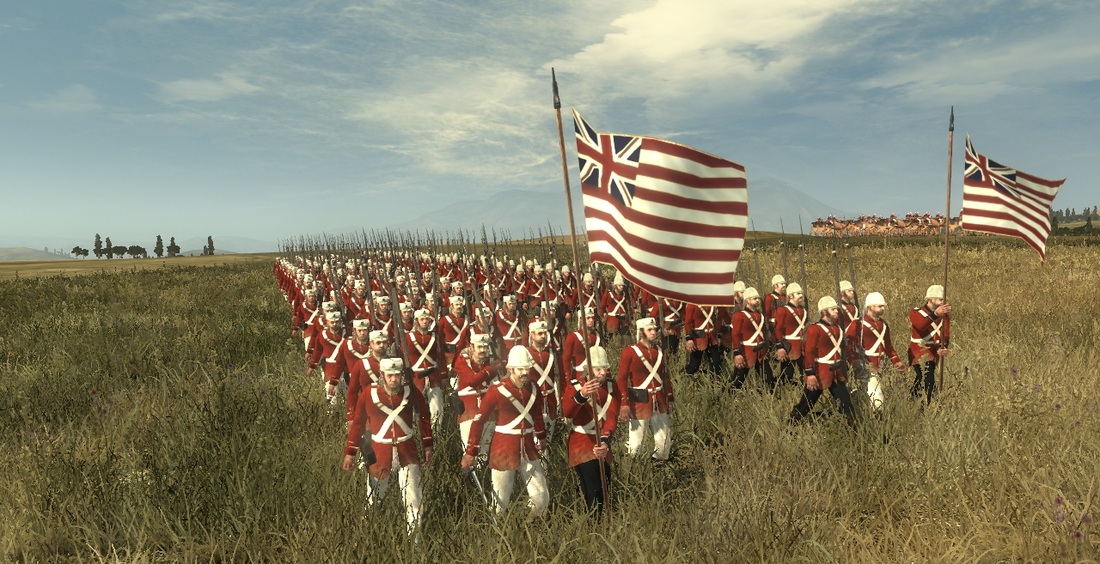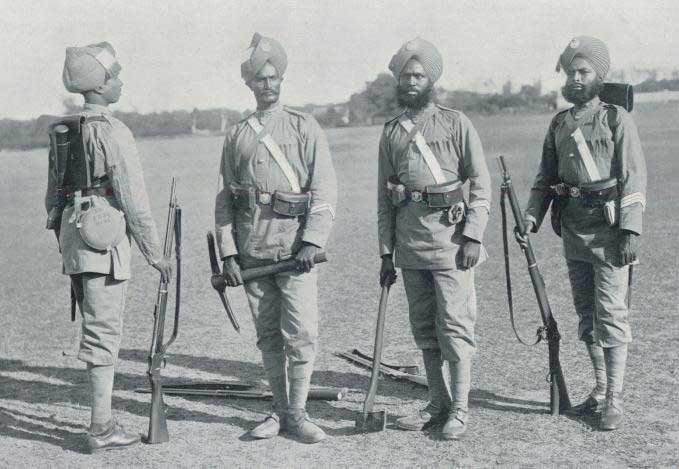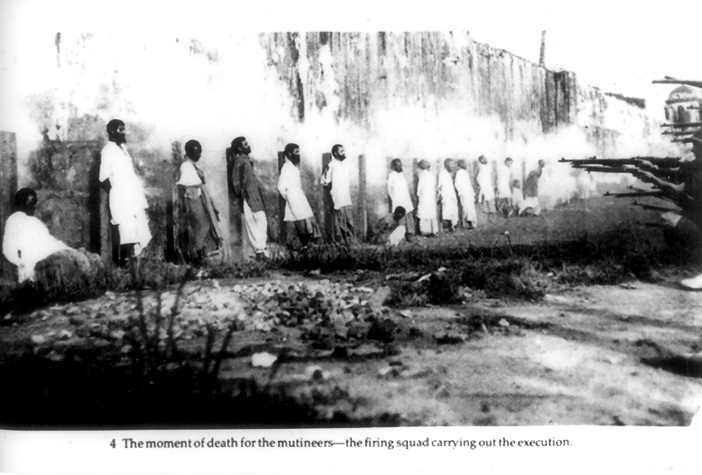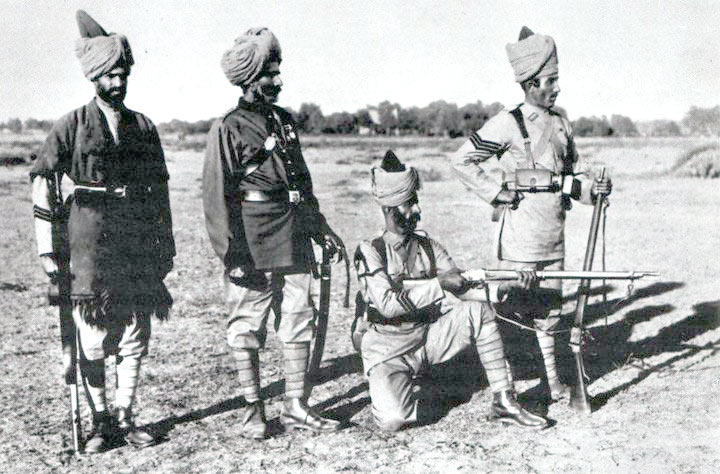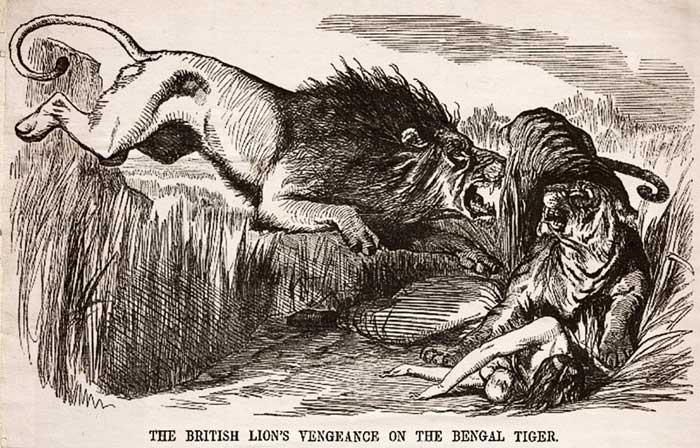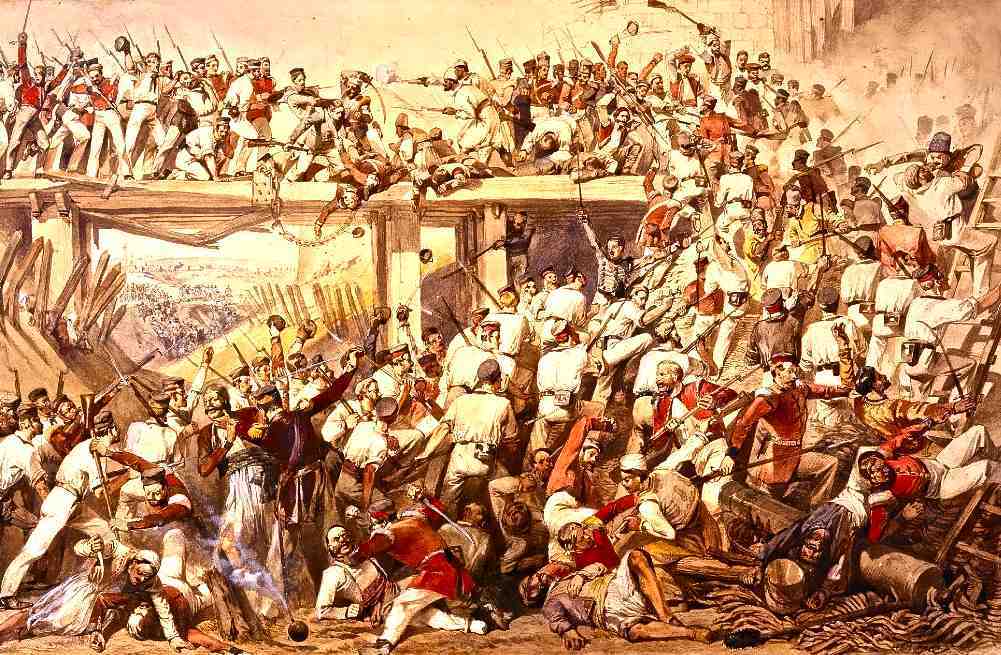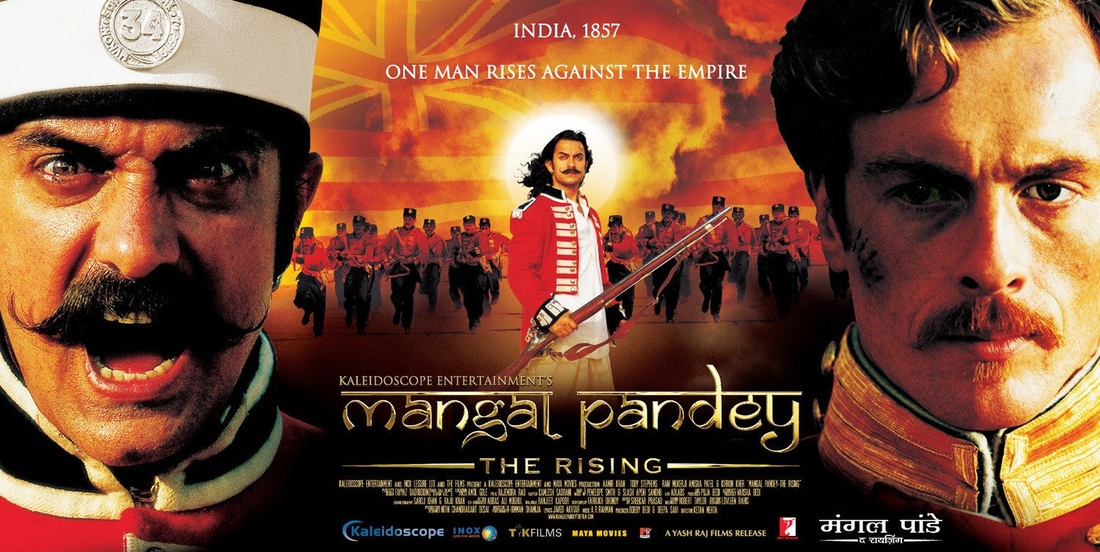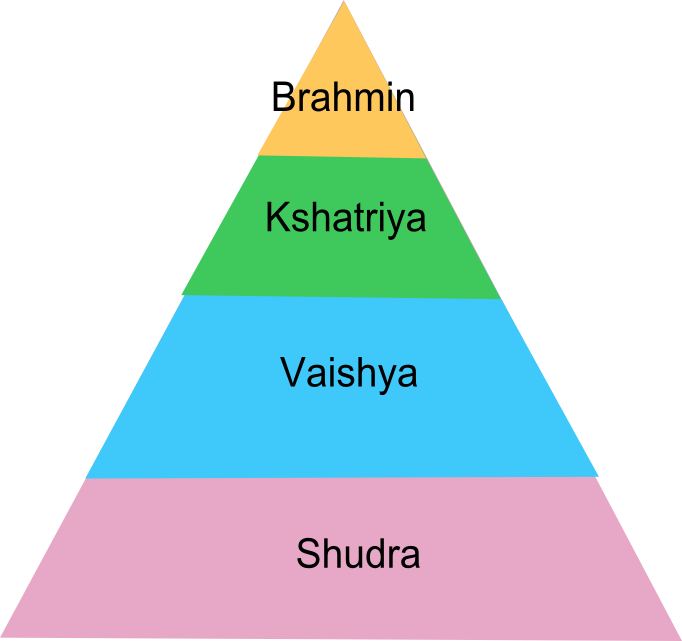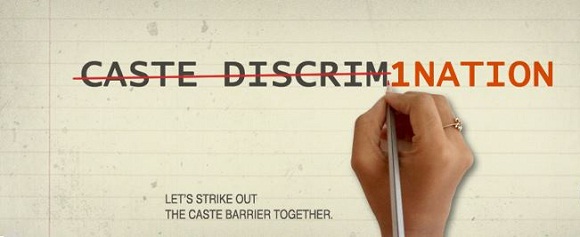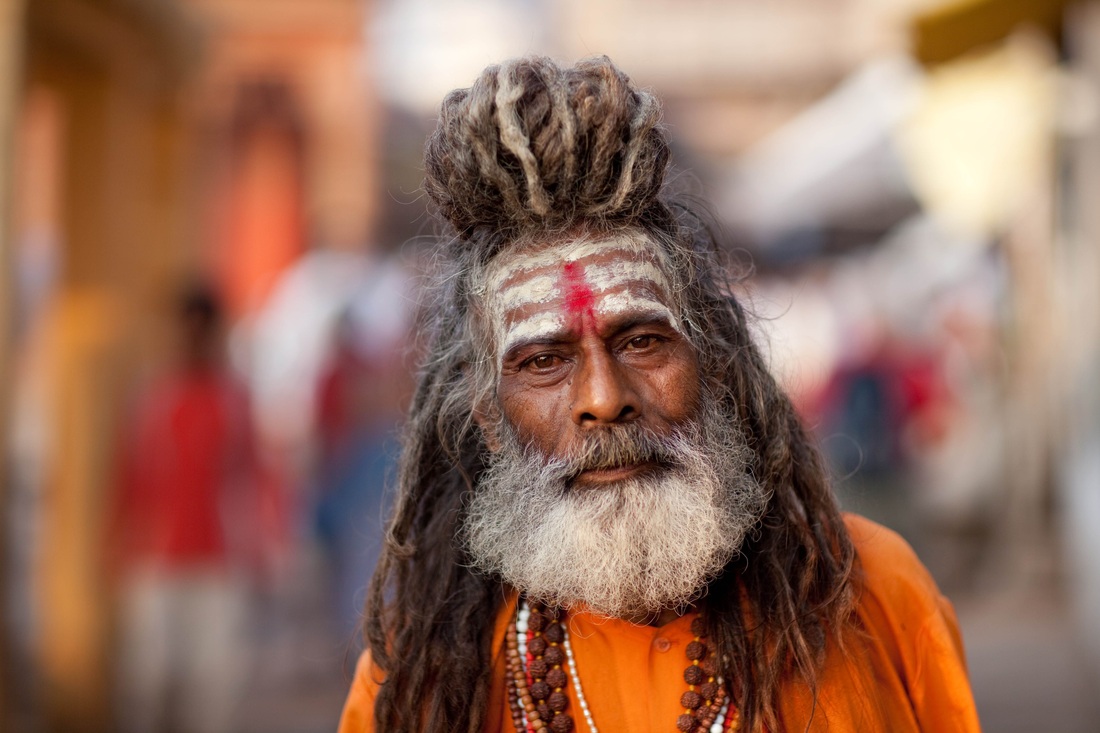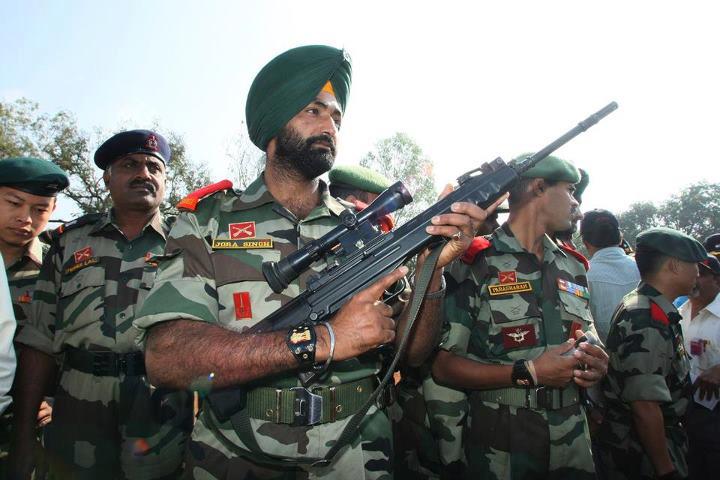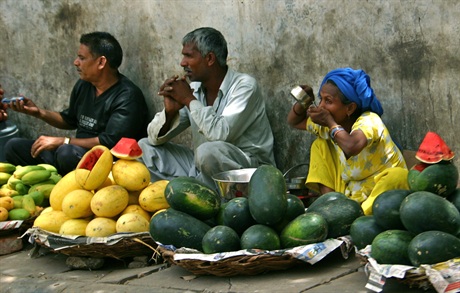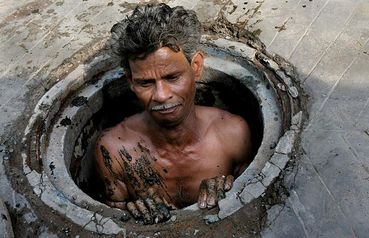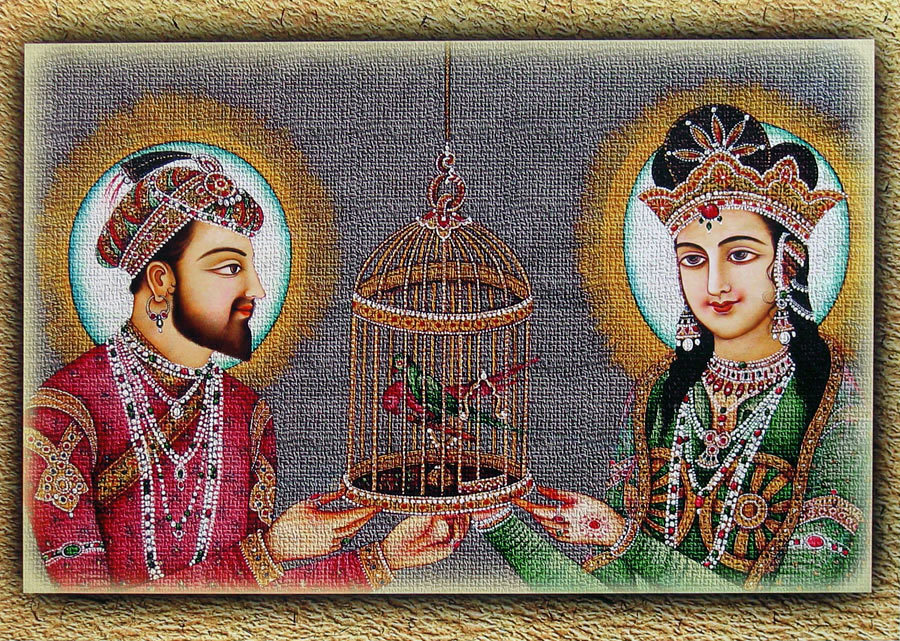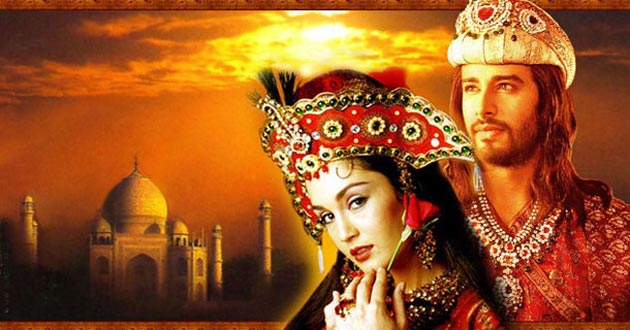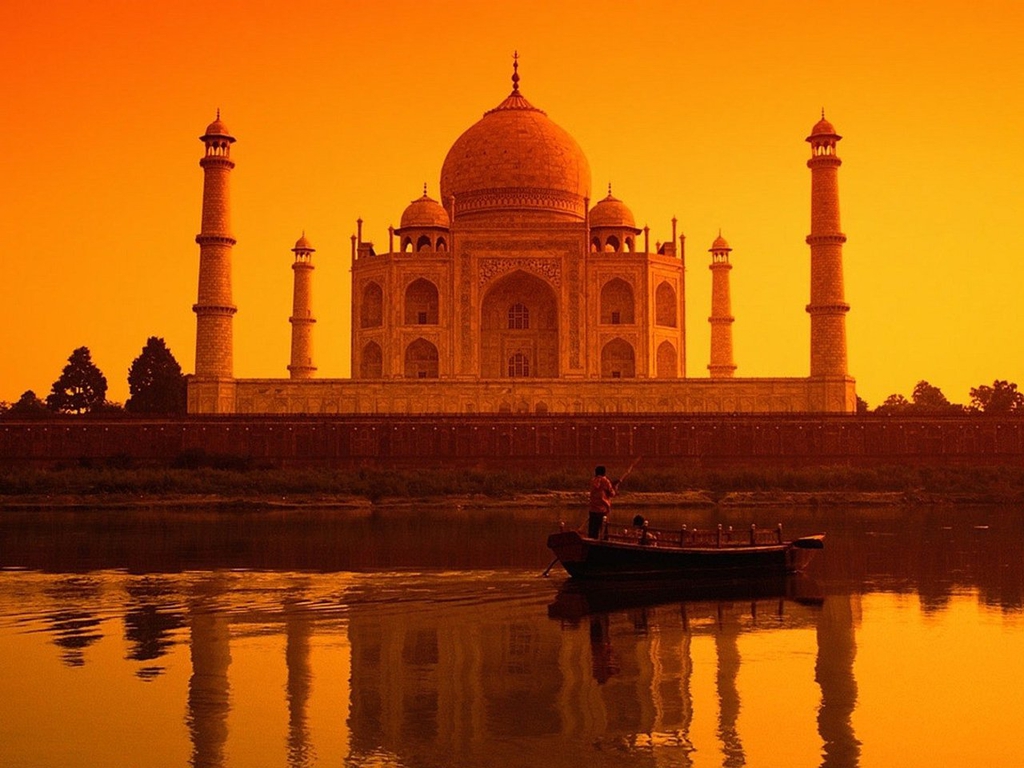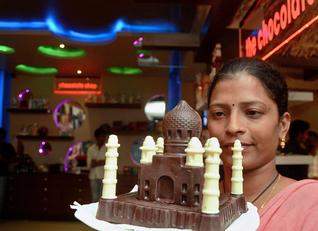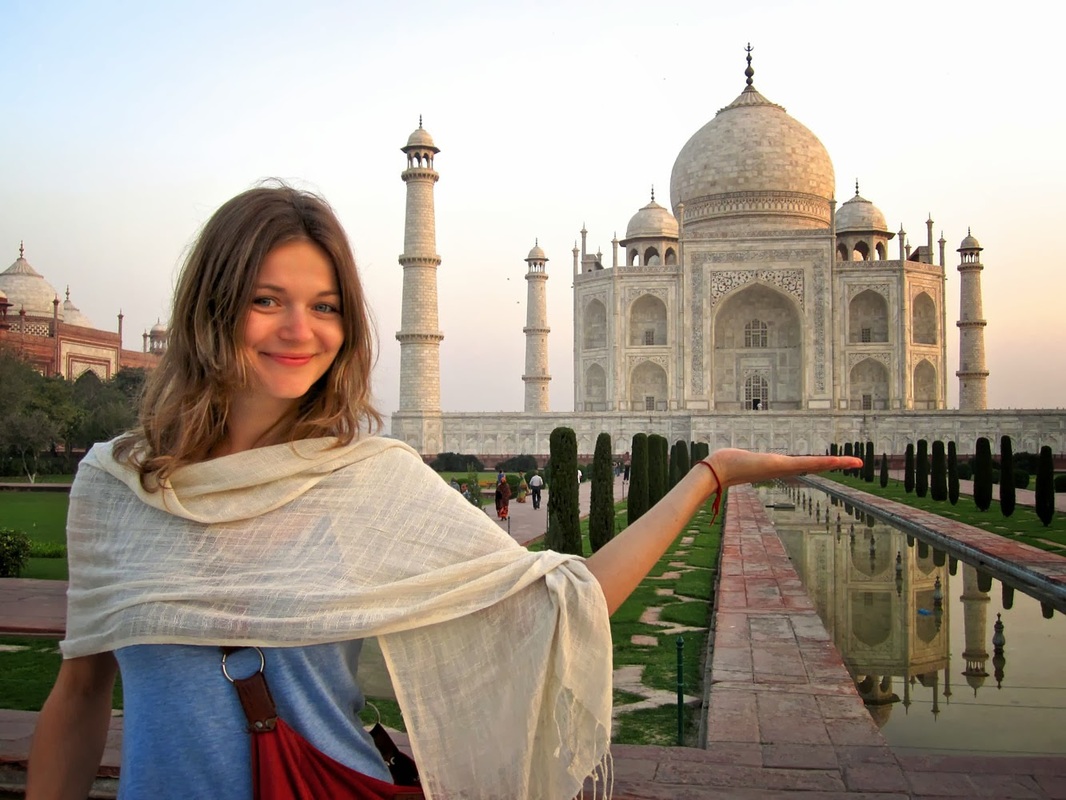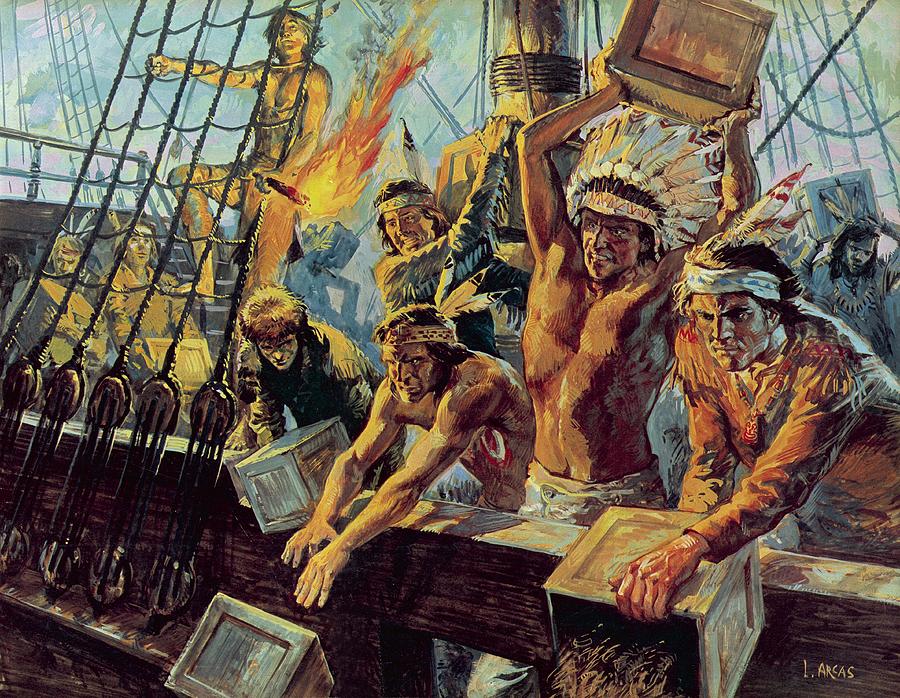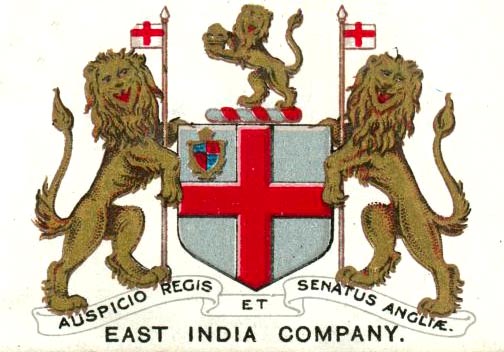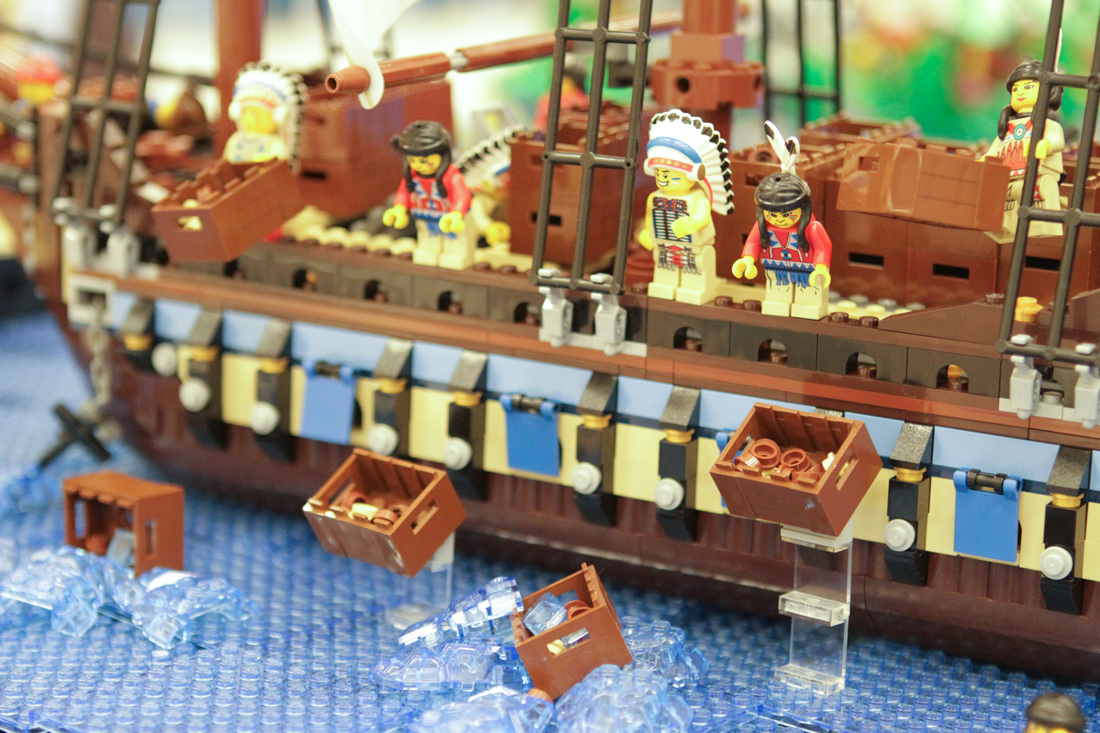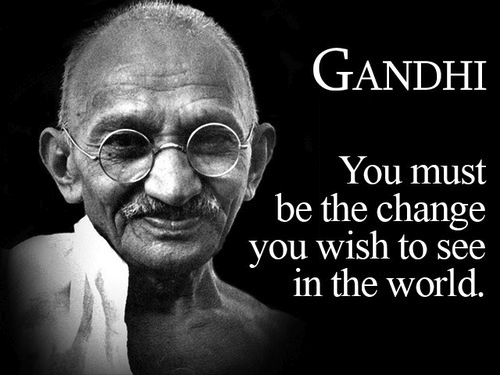Scramblin' thru... the Sepoy Mutiny
Be Aggressive: B-E Aggressive...
|
Despite what Americans would like to think, the loss of the 13 U.S. colonies didn't phase Britain. Britain simply shrugged its shoulders, licked its wounds... and then went about conquering the world. By the 1850s, Britain had established control over India.
By way of conquest (or diplomacy - which, you know, isn't as "fun"), they had overrun numerous Indian kingdoms, even reducing the
emperor of the mighty Mughal Empire to
a mere figurehead.
Britain's East India Company controlled British interests in India. As a cost-saving measure, rather than deploy British soldiers from home, they trained local Indian soldiers. Soon, of the 160,000 troops in the Indian-British Army, only 24,000 were from Britain. This saved a ton of money... but posed a serious concern that if the Indian soldiers ever rebelled, the British would be fighting, well, themselves, since they had trained these troops. The Indian troops, called "sepoys", often felt Britain didn't respect their Hindu and Muslim religions and their society's caste system. Annnnd that's not good. Now here's the perfect example of not taking the time to learn about your clientele. in 1853, Britain began greasing the cartridges for their new Lee-Enfield rifles with the fat of cows and pigs. The British found that cow and pig fat was in great abundance in India. (There's a really good reason why there was a plethora of these four-legged animals!) In one swift measure, Britain managed to offend all Hindus and Muslims. Hindus find cows sacred, while Muslims find pigs unclean. Sepoy soldiers feared they'd be ritually polluted when they bit off the end of a cartridge to load the gun. (And being damned to a fiery afterlife or being reincarnated as a stick loses its appeal quickly.) Nice going. As a result, some sepoys refused to load their rifles with the new bullets. They were convicted of mutiny and jailed. In some cases, these sepoys were executed. The sepoys revolted in May 1857, beginning the Sepoy Mutiny (1857-1859). The Indians call it a War of Independence. Britain called it a bad idea. An anti-British revolution soon spread across India. Sadly, religious rivalries between Hindus and Muslims kept them from working together, and the rebellion was crushed by 1859. As a result, Britain abolished the East India Company and assumed direct control of India. (Yea, "Mum" wasn't too happy.) India was now a colony and stayed that way until it gained independence in 1947. |
|
|
In 1500 BC, the Aryans, a tribe from Central Asia, came to India. After conquest in 800 BC, they introduced the caste system, which is still used today. A caste system pre-determines your status, occupation, and potential. You are born into permanent classes for life. You live, marry, and die all within your own caste.
There are four castes: Brahmins (priests), Kshatriyas (warriors and rulers), Vaisyas (traders and merchants), and Sudras (peasants and unskilled workers). Outside the caste is a fifth group, the Harijan, or "untouchables". They are legally discriminated against and live a life of poverty. India's caste system is different from the class system seen in Europe and the U.S. In the class system, a person can, through hard work, inheritance, or marriage, move up the "social ladder" from the lower class to even the upper class during his/her lifetime. In a class system, you aren't forbidden from marrying outside your socio-economic status. While the caste system may seem unfair to Americans today, it provided a means for different kinds of people to live together (although without having to ever actually interact) and avoided the widespread slavery prominent in many other ancient cultures. |
|
The Mughal Empire ruled India from
1526-1858. It is remembered for building the Taj Mahal from 1632-1653. Emperor
Shah Jahan had it built in memory of his wife Arjumand Banu Bagam (known as Mumtaz Mahal), who died in 1631. Situated on the southern bank of the Yamuna River, it is made of white marble. Inside the Taj Mahal (which is Persian and Arabic for "crown of palaces"), the tomb of Mumtaz stands at the center of an octagonal hall, while the somewhat larger tomb of Shah Jahan (who died in 1666) is off to one side. Using current values, the Taj Mahal cost 32 million Rupees to build. (Rupees are the type of currency used in India.) This is $1,292,302.72 in U.S. dollars. (Sorta makes you rethink those roses you bought your girlfriend...)
|
|
|
|
The British East India Company is the same one that had
problems in the 13 colonies. On December 16, 1773, Americans dressed as
Mohawk Indians dumped 342 crates of tea (worth over £10,000 or $2.2 million) into Boston Harbor in the Boston Tea Party.
|
|
Mahatma Gandhi (1869-1948), who helped
India achieve independence from Britain through nonviolence, is the best-known
Hindu. He lived a life of prayer, fasting, and meditation. Refusing
possessions, he wore the loincloth of the lowliest Indian. He was called
Mahatma, which meant "great soul". He was assassinated in 1948 by a
Hindu fanatic upset with Gandhi's tolerance of Muslims. His death was an
international tragedy.
|



